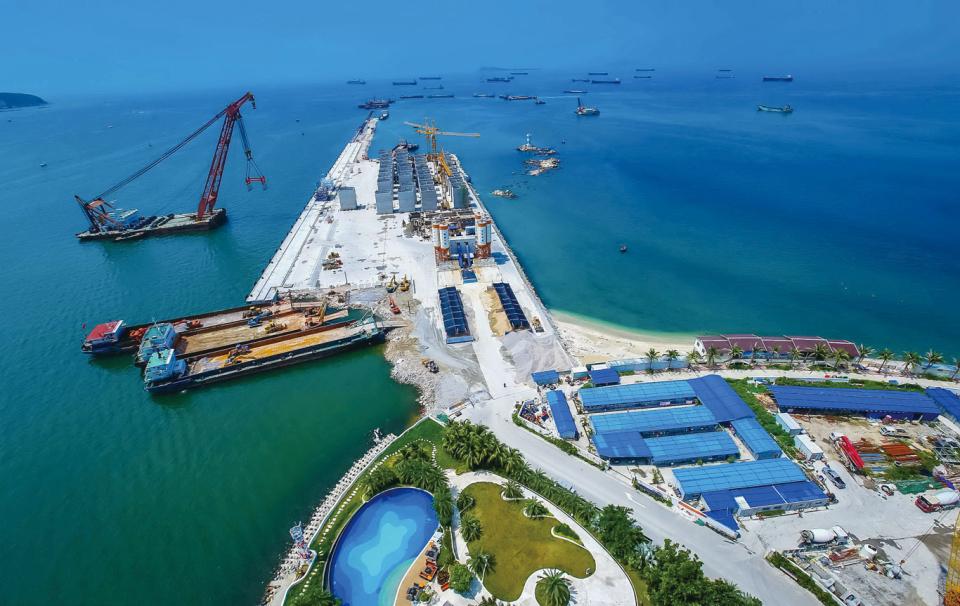China’s southernmost province of Hainan has been simultaneously designated an experimental free trade zone and a free trade port by the nation’s central government, three decades after it first became a special economic zone.
Chinese President Xi Jinping led the meeting, reportedly telling those present the decision was a crucial part of the government’s newly released Guidance on Supporting the Deepened Reform and Opening-up in Hainan. Xi said Hainan would continue to be a pilot platform, a pioneer and an exemplar of China’s reform and opening-up policy.
Local media reports said the free trade port designation means foreign goods and capital, as well as ships and airplanes, will be able to move in and out of the port freely without undergoing customs inspection. China has not established such a zone before, and if everything goes to plan, Hainan, with an area of 35,000 square kilometers, will be the world’s largest free trade port geographically, surpassing Hong Kong, Singapore and Dubai.
Since Hainan was made a special economic zone, it has taken the lead in China’s reform and opening-up. It was the first to implement a visa on arrival program for 21 foreign countries, the number of which has expanded to 59. In 2011, it announced it would exempt tourists departing the island by air for other destinations in China from taxes on a number of commodities of certain types and quantities purchased on the island. In 2016, Hainan became one of the first pilot areas for the development of creative services.
Hainan was apparently selected as China’s first free trade port over other cities in contention, including Shanghai, due to its historical success and inherent advantages in terms of geography and natural resources, including the warm climate and fresh air.
Deputy director of Peking University’s Institute of Economic Policy Research Yan Se told Beijing Business Today that the government’s new strategy in Hainan would help the island develop central industries such as tourism and elder care, which had fallen short of rising demand. And the island’s weakness in traditional manufacturing would actually be beneficial, given developing high-end manufacturing would be less costly, Yan said. Many predict Hainan will play a key role in the construction of China’s Belt and Road Initiative.

 Old Version
Old Version